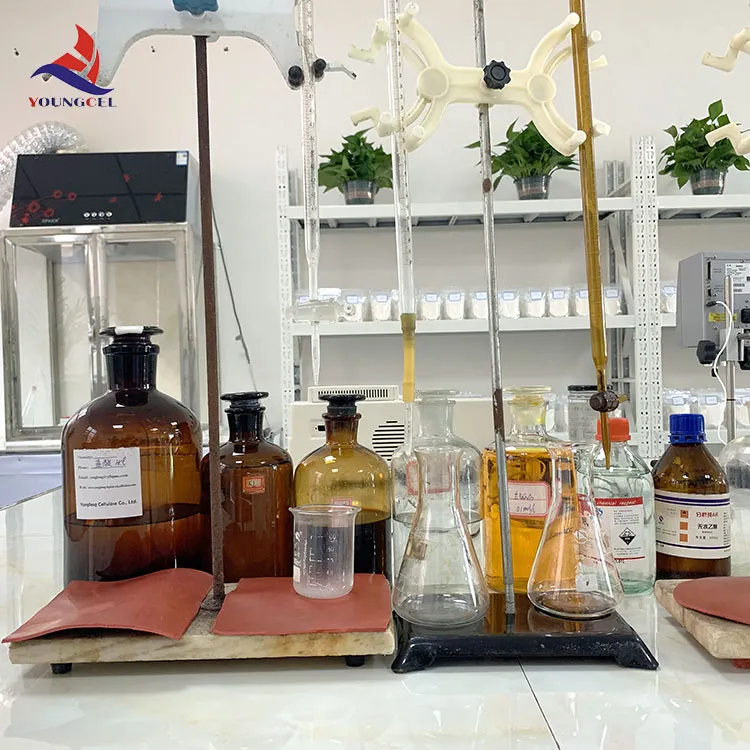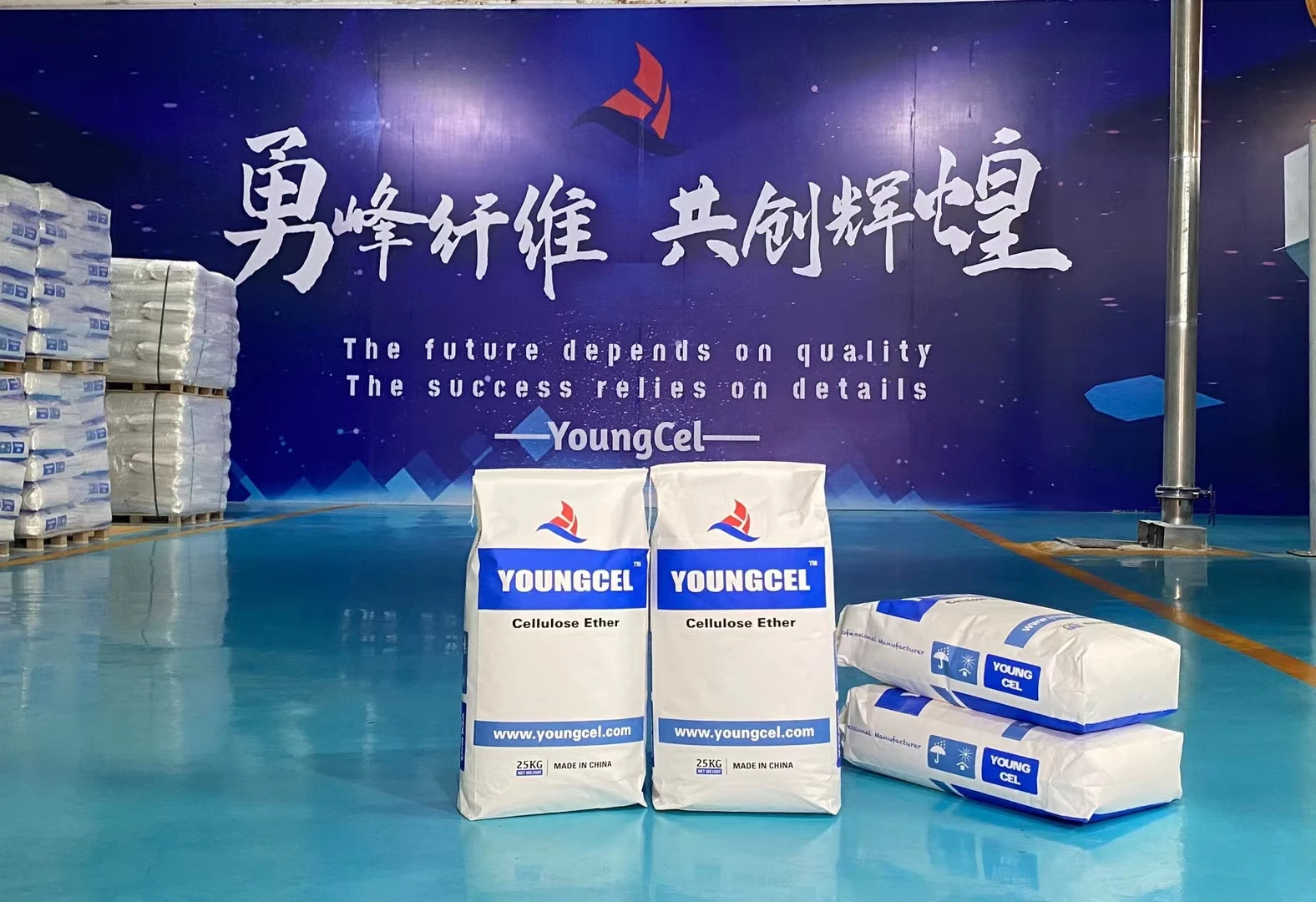- Industry significance of hydroxypropyl methylcellulose function
- Technical mechanisms and performance data
- Competitive analysis of major manufacturers
- Custom formulation capabilities
- Construction application case studies
- Polyvinyl alcohol function comparison
- Future functional synergies in material science

(hydroxypropyl methylcellulose function)
Understanding Hydroxypropyl Methylcellulose Function in Modern Industry
The functional versatility of hydroxypropyl methylcellulose (HPMC) makes it indispensable across manufacturing sectors. As a cellulose ether derivative, HPMC's molecular structure enables multiple performance characteristics critical for industrial applications. Recent market analysis by Grand View Research indicates a 7.2% compound annual growth rate for HPMC through 2030, driven primarily by its multifunctional properties. Construction consumes approximately 40% of global HPMC production due to its water retention capabilities, while pharmaceutical applications utilize its film-forming attributes for 35% of tablet coatings worldwide. Unlike many synthetic alternatives, HPMC maintains biodegradability while delivering consistent performance across temperature variations from 5°C to 90°C.
Technical Mechanisms and Performance Advantages
HPMC achieves its diverse functions through precisely engineered hydroxypropyl and methoxy group substitutions. These chemical modifications enable critical properties demonstrated in laboratory testing:
- Thermal gelation occurs between 60-90°C depending on concentration
- Solution viscosity ranging from 5 mPa·s to over 100,000 mPa·s (2% aqueous solution)
- Water retention exceeding 98% in cement-based applications
- Film tensile strength measuring 40-60 MPa
Independent testing confirms HPMC maintains functional stability across pH environments from 3 to 11, outperforming alternative thickeners like xanthan gum which degrades above pH 10. The polymer's pseudoplastic behavior provides enhanced workability in mortars while preventing sag in vertical applications—demonstrating critical formulation advantages over non-cellulosic thickeners.
Global Manufacturing Comparison
The HPMC production landscape features significant technical differentiation between manufacturers. Critical variations include substitution uniformity, particle size distribution, and bulk density control—factors directly impacting end-product performance. Recent evaluations of technical specifications revealed notable discrepancies in dissolution characteristics between manufacturers:
| Manufacturer | Viscosity Range (mPa·s) | Gelation Temp (°C) | Moisture (%) | Particle Size (μm) |
|---|---|---|---|---|
| Ashland | 5-100,000 | 58-90 | ≤5.0 | 80-100 |
| Shin-Etsu | 5-150,000 | 65-92 | ≤4.5 | 60-90 |
| Dow | 5-75,000 | 62-88 | ≤5.5 | 70-120 |
| CP Kelco | 5-80,000 | 60-85 | ≤6.0 | 90-130 |
Evaluation data indicates Shin-Etsu provides superior consistency in thermal gelation performance (±2°C tolerance), critical for pharmaceutical encapsulation processes. Bulk density variation between manufacturers ranged from 0.35-0.52 g/cm³, significantly impacting transportation economics and formulation behavior.
Application-Tailored Formulation Systems
Specialized HPMC grades enable optimized performance parameters for specific applications. Through hydroxypropyl/methoxy ratio adjustments during synthesis, manufacturers target distinct functional requirements:
- Construction Grades: High substitution types (DS 1.8-2.0) with 35,000-100,000 mPa·s viscosity provide extended workability times exceeding 4 hours
- Pharmaceutical Grades : Low viscosity variants (15-50 mPa·s) with uniform particle distribution for immediate-release tablet coatings
- Food Applications : Ultrapure grades achieving >99.5% purity meet EU Directive 95/2/EC requirements
- Ceramic Processing : Surface-treated variants with enhanced dispersion properties preventing bubble formation
Such targeted modifications enable manufacturers to develop formulations exhibiting up to 30% faster dissolution rates or 25% improved adhesive strength compared to standard HPMC products.
Construction Material Case Studies
The functional advantages of HPMC translate directly into measurable field performance improvements. Testing in European construction projects demonstrated:
- Tile adhesives modified with high-retention HPMC showed 40% reduced water absorption after 24-hour immersion testing (EN 1348)
- Self-leveling compounds incorporating surface-modified HPMC achieved <2mm deviation over 10m spans versus>5mm for PVA-modified alternatives
- External insulation finishing systems demonstrated 60% reduced crack formation after thermal cycling testing when HPMC content exceeded 0.3% by weight
- Cement renders maintained workability for 150 minutes at 35°C with specialized HPMC versus 85 minutes for standard formulations
These performance enhancements reduced material consumption by 15-22% across project applications while improving compliance with international quality standards including ASTM C387 and EN 998.
Complementary Polyvinyl Alcohol Function Characteristics
While HPMC excels in hydration control applications, polyvinyl alcohol (PVA) provides distinct functional advantages in adhesion and film performance. PVA's chemical structure enables:
- Adhesive bond strength values between 3-9 MPa compared to HPMC's typical 1-3 MPa range
- Ultra-low ash content (<0.1%) critical for electronics applications
- Cold-water solubility unavailable in most cellulose ethers
- Superior oxygen barrier properties: PVA films demonstrate OTR values under 1 cc/m²/day compared to 2,500+ for HPMC films
Industrial blending practices combine both polymers to achieve synergistic benefits. Research confirms formulations containing 30% PVA and 70% HPMC increase mortar flexural strength by 22% while improving film elongation characteristics by 40% over singular polymer applications.
Advancing Material Science through Hydroxypropyl Methylcellulose Function Innovation
The functional flexibility of hydroxypropyl methylcellulose continues to drive product innovation across multiple sectors. Current R&D focuses on three critical domains:
- Bio-composite integration combining HPMC with nanocellulose for barrier film applications showing 80% reduced oxygen transmission versus conventional films
- Thermal-responsive materials exhibiting viscosity reductions exceeding 95% at 40°C for precision construction applications
- Enhanced compatibilization systems enabling HPMC to replace 50-70% of vinyl acetate emulsions in industrial formulations
These innovations utilize the fundamental hydroxypropyl methylcellulose function principles while expanding performance boundaries. The evolving synergy between hydroxypropyl methylcellulose function and polyvinyl alcohol function creates new polymer combinations expected to capture 18% of specialty industrial markets by 2030.

(hydroxypropyl methylcellulose function)
FAQS on hydroxypropyl methylcellulose function
以下是围绕核心关键词 "hydroxypropyl methylcellulose function" 及相关词创建的5组英文FAQs问答。每个FAQ使用H3标签包裹问题,问题以"Q:"开头,回答以"A:"开头。所有内容均控制在三句话内,并以HTML富文本格式返回。Q: What is the primary function of hydroxypropyl methylcellulose?
A: Hydroxypropyl methylcellulose acts as a versatile thickener and stabilizer. It provides viscosity control and suspends particles in pharmaceuticals and construction materials.
Q: How does HPMC function in tablet formulations?
A: As a binder, HPMC enhances tablet cohesion and integrity. It also acts as a controlled-release agent to regulate drug dissolution in oral medications.
Q: What role does hydroxypropyl methylcellulose play in cement applications?
A: HPMC improves workability and water retention in cement mixtures. It reduces cracking and enhances durability as a rheology modifier.
Q: What are the key functions of polyvinyl alcohol?
A: Polyvinyl alcohol serves as a film-former and adhesive in coatings and textiles. It provides emulsifying and water-soluble barrier properties for industrial processes.
Q: How do HPMC and polyvinyl alcohol functions compare in coatings?
A: Both act as film-formers and binders. HPMC offers better thickening, while polyvinyl alcohol excels in adhesion strength for paints and adhesives.
-
The Application and Significance of Construction RdpNewsMay.19,2025
-
Industrial Grade HpmcNewsMay.19,2025
-
Building Coating Adhesive Building Coating Adhesive HpmcNewsMay.19,2025
-
Application Of Hpmc For Detergent For Detergent In DetergentsNewsMay.19,2025
-
Application Of Hpmc Cellulose In Cement-Based MaterialsNewsMay.19,2025
-
Application Of High Quality Hpmc For Construction In The Field Of ConstructionNewsMay.19,2025




